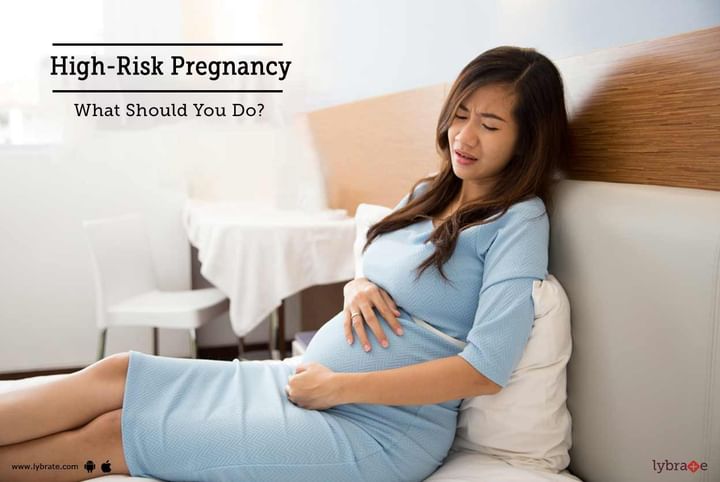High-Risk Pregnancy - What Should You Do?
Pregnancy is one of the most delicate phases in the life of a woman and if she is experiencing a high-risk pregnancy then she needs to be extra cautious. It is an extra delicate phase for her and she should watch herself very minutely. She must take good care of herself and if she feels or notices any discomfort, then she must immediately consult her gynecologist. But what exactly is a high-risk pregnancy?
A high-risk pregnancy is one where the expecting mother or her fetus or both are at a higher risk of developing complications. These complications have the potential to affect the baby as well as the mother. Unfortunately, there is no cure for high-risk pregnancy but the good news is that if managed well, the mother and her baby can be protected from the complications. Also, if a woman is aware of the causes leading to high-risk pregnancy, she can manage it easily.
Causes of high-risk pregnancy
- Conceiving before 18 and after 35: Different medical studies have established that conceiving after 30 increases the chances of developing complications in the mother and the baby but after 35, these chances are pretty high. The risk of miscarriage is higher and so is the risk of genetic defects in the baby. In case of teen pregnancy, that is, conceiving before 18, the risks of miscarriage and malnourished baby accompany the mother.
- Preeclampsia: Preeclampsia is a condition in which is the pregnant woman has a high blood pressure and protein in her urine. It is dangerous and can lead to dysfunctional liver and kidney along with blood clotting. A woman experiencing this condition should take adequate bed rest, exercise regularly, eat healthily and follow the medications, if any, prescribed by the doctor.
- Gestational diabetes: High blood sugar level during pregnancy is known as gestational diabetes. It puts the baby at the risk of being bigger than the normal size. Mothers can manage it with nutritious fiber-rich diet and regular exercise.
- Placenta previa: This is a risky condition in which the placenta covers the cervix. It can cause hemorrhage during delivery. If the pregnant woman is over 40 or has had multiple miscarriages in the past or is carrying multiple fetuses then she is at a higher risk of developing this condition.
All these factors make a pregnancy high-risk but managing high-risk pregnancy is in the hands of the woman. So, if she falls into this category, she must:
- Exercise regularly: Regular exercise keeps tension, high blood pressure, high blood sugar, and other similar conditions in check.
- Eat healthily: Eating nutrient-rich diet minimizes the risk of malnutrition-related complications arising after delivery.
- Avoid stress: Stress is directly linked to high blood pressure, diabetes, and other health problems. Hence, it should be avoided. Mediation and breathing exercises help relax the mind and body.
- Say no to drinking and smoking: Alcohol and cigarette can cause birth defects in the baby and hence, a pregnant woman should abstain from both.
- Keep in touch with the gynecologist: Being diagnosed with high-risk pregnancy means that the woman should be extra careful of her health and keep in touch with her doctor so that any adverse condition can be managed before it gets out of hand.



+1.svg)
